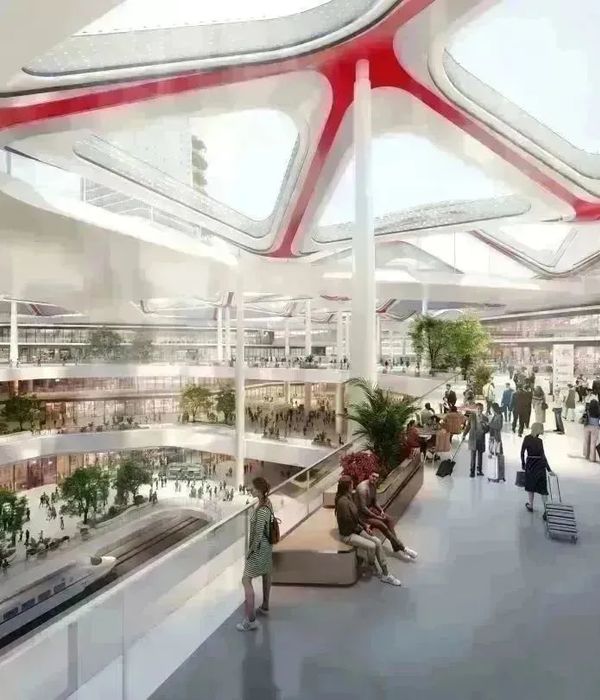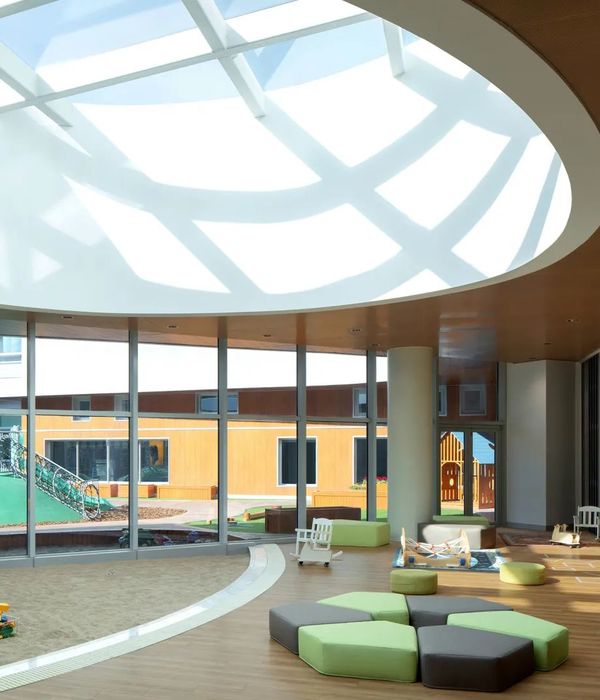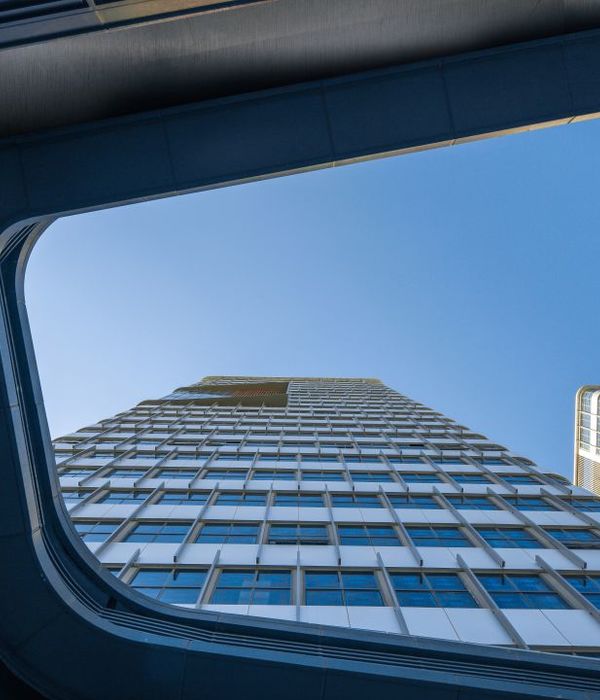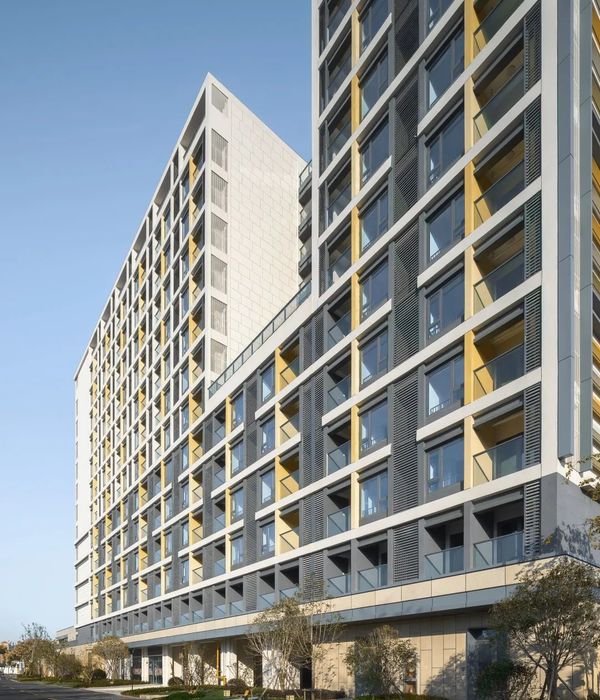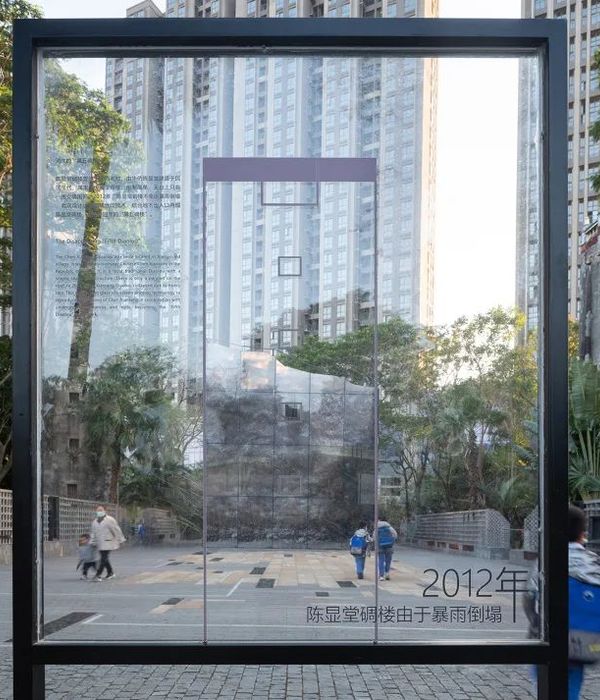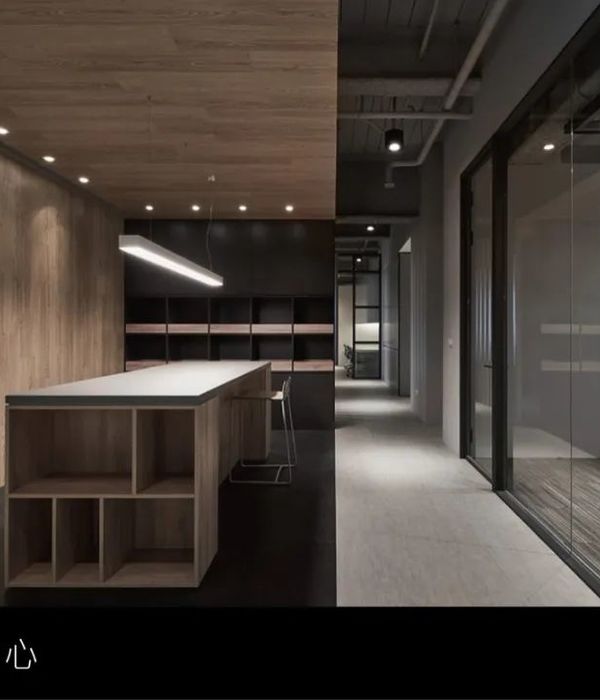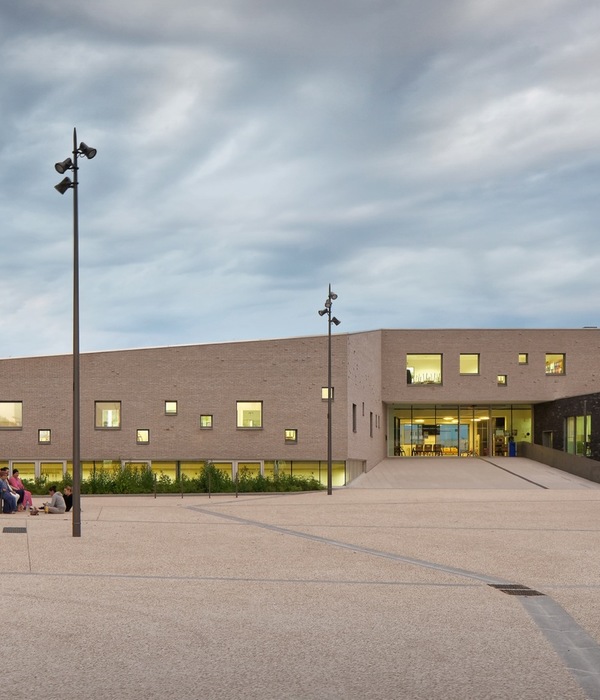Firm: West-line Studio
Type: Commercial › Exhibition Center Office Cultural › Cultural Center Gallery Government + Health › Community Center
STATUS: Built
YEAR: 2018
SIZE: 5000 sqft - 10,000 sqft
BUDGET: Undisclosed
Chetian Village is an important tourist attraction in the region and aims to protect and promote local minorities’ traditions and its unique stone architecture. The Tourist Center does not only welcome visitors and create a gallery where to exhibit local handicrafts and culture, but with its architecture stands as a display of the mingling of architectural elements which characterize the village.
The Tourist Center has a strategic location just outside Chetian Village, on a site left abandoned after the construction of the road from Guiyang, the capital of Guizhou province. The village has more than 400 years of history and is well known in the area for its stone houses, built with local materials coming from the village’s pit.
The architecture is composed of symbolic elements, stone houses, enclosed courtyards and open areas, which combine the traditional construction methods of both Miao, one of the oldest minority groups in China, and Han, the largest one. The building aims to celebrate and describe the changes the village went through during the long cohabitation between the two ethnic groups, which started 200 years ago, and still continues.
The tourist center is open to both local villagers and tourists. Its main function is to illustrate the history and humanistic tradition, including functions like: gallery space, reception and info area, areas for ceremonies, counseling, souvenir selling and temporary exhibitions space.
In the reception and exhibition hall there are particular interior decorations, which are inspired by the old irrigating system (waterwheel + digging canals) of Chetian Village. The representation of the digging canals virtually flows within the building, guiding visitors through the exhibition areas. It is combined with wall decoration which show Miao people’s traditional patterns. The interiors are characterized by the use of this local ‘blue stone’ and concrete hanging panels for the walls.
This project well sums up West-line’s researches and its approach to the design: the tourist center is composed of symbolic elements, stone houses, enclosed courtyards and open areas, which combine the traditional construction methods of both Miao (the local ethnic minority group) and Han (the largest ethnic group in China). The cultural and architectural mingling between the two communities and the whole village’s history are reflected in the visitor and exhibition center’s architecture.
{{item.text_origin}}


